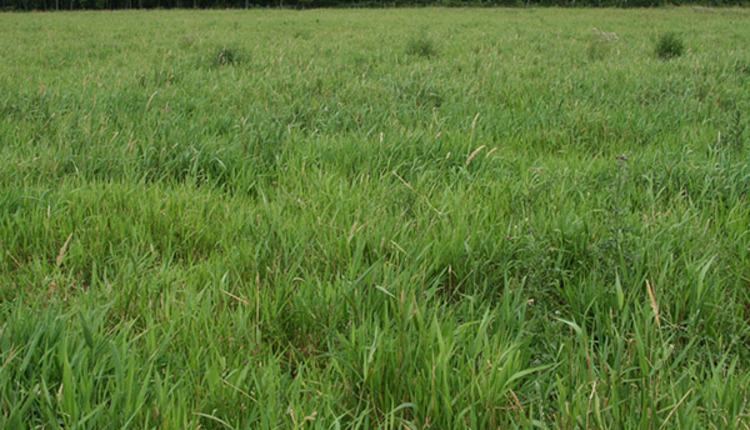
Researchers at the U.S. Dairy Forage Research Center in Madison, Wis., compared the drying rates of three cool-season grass species to determine if there were differences. Meadow fescue, orchardgrass and reed canarygrass were cut and swathed once the heading stage was reached in early June 2011 and 2012. Moisture, drying rate and nutritive value were measured over time. The study was reported in the electronic journal, Forage and Grazinglands, and the results are summarized as follows:
- Drying rates among the three species were very similar, though daily differences sometimes occurred.
- Initial moisture of the grass at cutting had a greater impact on final moisture content than did species.
- Though orchardgrass was 10 percent wetter than meadow fescue for initial moisture content in 2012, final moisture at the end of the third day was similar.
- Forage quality was generally similar among the three grass species, though in 2011 reed canarygrass was significantly higher in crude protein (12.6 percent) than meadow fescue (10.5 percent). Also in 2011, meadow fescue had significantly lower NDF and higher NDF digestibility than the other two species.
- Swath width and conditioning appear to be the most important drivers influencing grass dry-down rate regardless of species.

